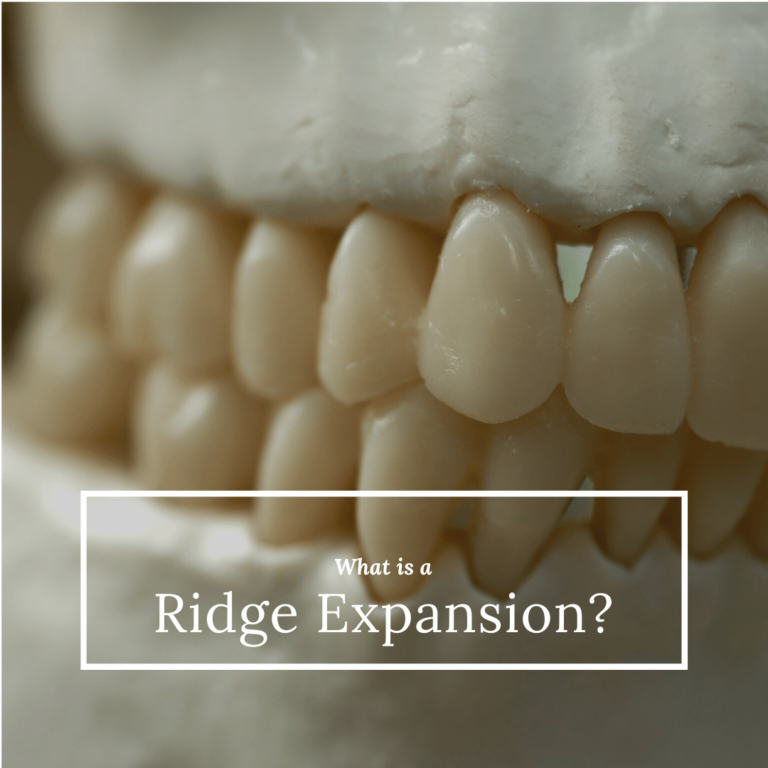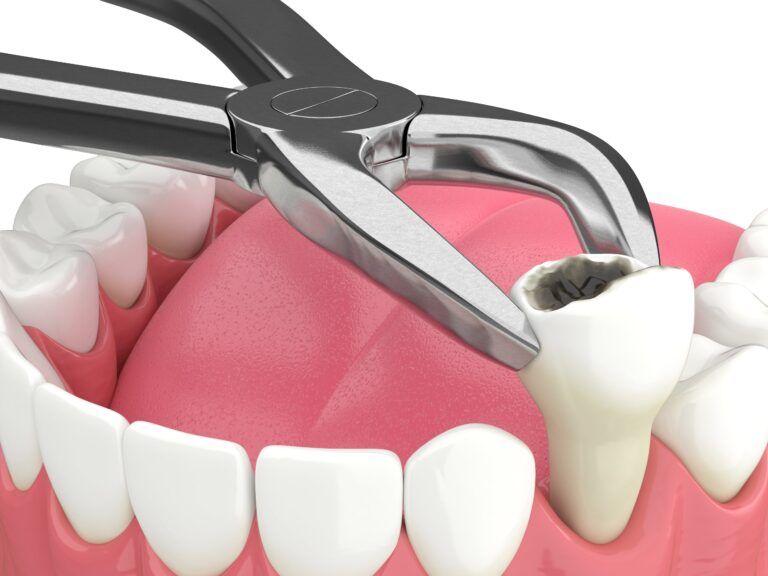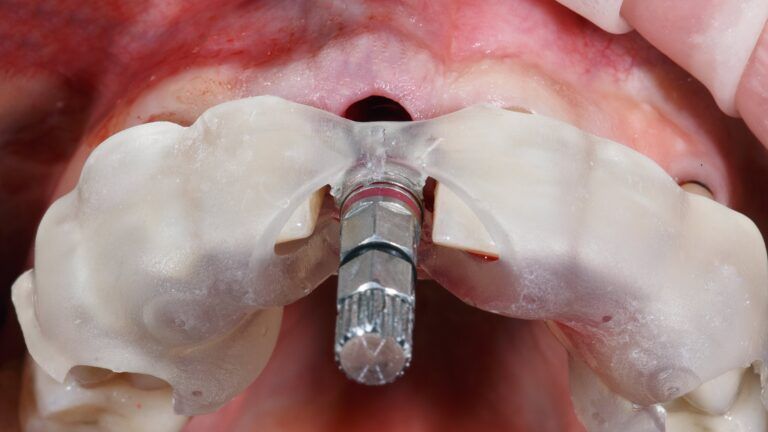If you are considering dental implants, but don’t have enough bone mass, you may need to undergo a ridge expansion procedure. This is a simple process that can be performed in the dentist’s office, and it is designed to increase the amount of bone mass available for dental implants. In this blog post, we will discuss what a ridge expansion is and why it might be necessary for you. We will also answer any questions you may have about the procedure, such as how it works, how long it takes, what recovery is like, and when dental implants can be placed.
What is a Ridge Expansion?

The alveolar ridge bone is the bone that supports your teeth. This bone is important for dental implants, as it provides a stable foundation for the implant to anchor into. Unfortunately, this bone can deteriorate due to age, disease, and/or missing teeth. If you don’t have enough bone mass in this area, you may need to undergo a ridge expansion procedure to increase the amount of bone available for dental implants.
A ridge expansion is a simple procedure that can be performed in the dentist’s office. The purpose of this procedure is to increase the amount of bone mass available for dental implants. This is done by separating the inner and outer segments of the ridge bone so that bone graft material can be placed in the space between. As the bone graft heals, this will widen the jaw bone. The expansion process takes place over the course of several weeks, and once it is complete, dental implants can be placed.
Why Might I Need a Ridge Expansion?
Ridge expansions are necessary if your dentist determines there is not enough bone to support a dental implant. For example, if your ridge bone is too narrow or if there is a lack of vertical bone height.
This procedure is often necessary for people who have undergone tooth loss. When a tooth is lost, the bone that supported it begins to degrade. This can lead to a condition called resorption, which causes the bone to shrink and become thinner over time. As a result, there may not be enough bone left to support dental implants.
In some cases, the jawbone can also be degraded by severe periodontal disease. In both cases, a ridge expansion is often needed to correct these problems by increasing the amount of bone available for implants.
What should I expect during a Ridge Expansion?
Ridge expansion surgery is performed in the dental office under IV sedation or general anesthesia. This means that you will either be placed into a light or deep sleep and will be completely unaware of what is happening during the procedure.
During the procedure, your dentist will first make an incision in the gums to reach the underlying bone. They will then use a series of chisels and special tools called osteotomes to gradually separate the inner and outer pieces of bone. Once enough space has been made between these bone pieces, then bone graft material will be deposited into the space. The gums will then be sutured shut.
What is Recovery Like?
The recovery from a ridge expansion is typically very mild. You may experience some soreness and swelling in the treatment area, but this can be easily managed with over-the-counter pain medication. Most people are able to return to their normal activities within a few days of the procedure.
During the recovery process, it is important to avoid chewing on the same side where the procedure was performed. This is because it is important to ensure that the area heals properly and creating pressure can interfere with the healing process. It is also important to follow your dentist’s instructions regarding oral hygiene, antibiotics, and other postoperative care guidelines.
How long after a ridge expansion can dental implants be placed?

The healing process from the expansion will need to be complete before your dentist can safely place your implants. In most cases, it takes anywhere from four to six months for your body to grow new bone that is strong enough to support the placement of an implant. At this point, assuming everything is healed properly, you can have your implants placed.
Once the implants are placed, you will need to wait for them to fuse to the bone before getting your new teeth. In the meantime, you will be fitted with a temporary set of teeth that will be worn until your permanent restoration is fabricated. The process of implants fusing to bone is called osseointegration and it can take several months. Once it is complete, you will be able to get your new teeth and enjoy all the benefits that come with them!
In Conclusion
In this blog post, we discussed what a ridge expansion for dental implants is and why it might be a necessary step in having dental implants placed. We also answered any questions that one might have about the procedure such as how it works, how long it takes, what recovery is like, how long healing takes, and when dental implants can be placed.
If you are considering dental implants but don’t have enough bone mass, a ridge expansion might be the right solution for you. This simple procedure can help you get the implants you need and enjoy all the benefits that come with them! If you have any questions about ridge expansions or dental implants, please don’t hesitate to contact our office. We would be happy to answer any questions you may have. Thank you for considering us as your implant dentist!

Irfan Atcha, DDS, DICOI, DADIA at New Teeth Chicago Dental in Chicago, Illinois is a board-certified general dentist and a nationally recognized expert in dental implants, cosmetic dentistry, and sedation dentistry. Dr. Atcha is now serving patients in Naples, Bonita Springs and SW FL area with All-on-4 implants, teeth-in-a-day, same day dental implants and the complex zygomatic dental implants for the no-jaw bone solution approach. To schedule a consultation please email Dr. Atcha at teethforyou@gmail.com.





